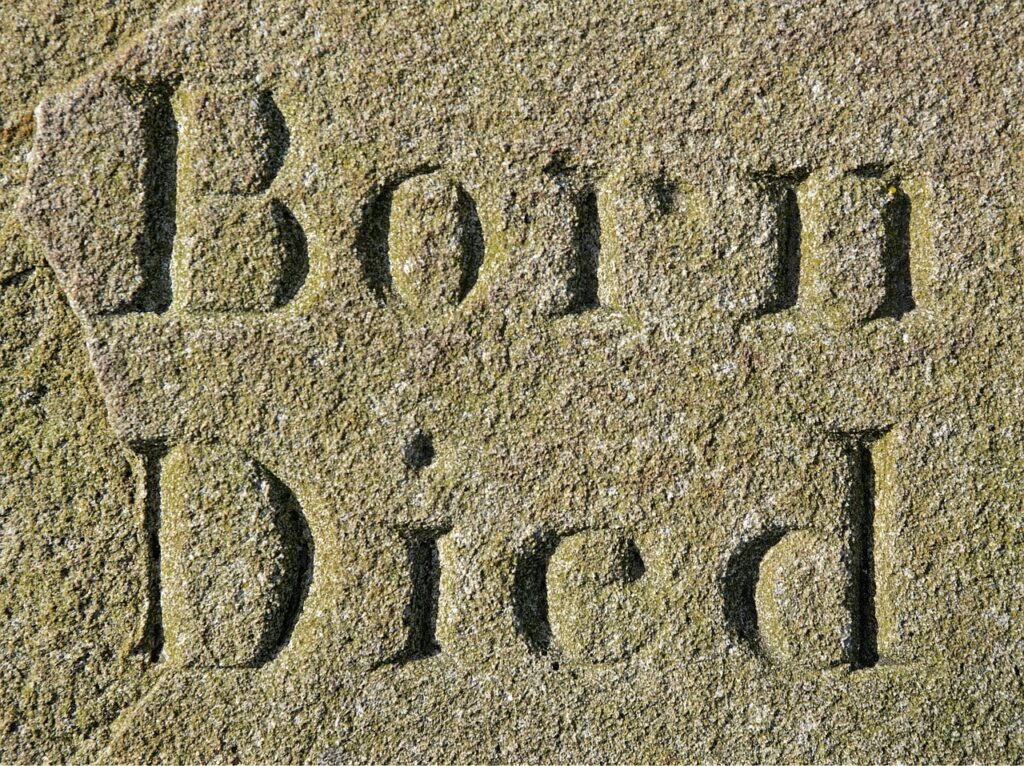It has been just over a year since New Zealand passed the law decriminalizing abortion; one of the most extreme laws in the world and strongly desired by Prime Minister Jacinda Arden. As envisaged by the new law, abortion in New Zealand is now available “on request” up to 12 weeks of gestation, while after week 12 – and in fact up to the very moment of birth – a simple statement by a doctor attesting that “abortion is appropriate in the circumstances” is sufficient, taking into account the physical and mental conditions of the mother herself, to end the life of the fetus in order to promote the “well-being” of the mother.
The possible dramatic consequences of such legislation have already been brought to the fore, starting with Dr Catherine Hallagan’s statement that “the scope of welfare […] is so broad that virtually any request could be acceptable”. In an attempt to stem this drift, MP Simon O’Connor had tabled an amendment requiring medical care for children born alive following a botched abortion. The amendment was rejected by more than two-thirds of New Zealand MPs, Arden leading the way.
A 43% increase in late-term abortions
First of all, in the last twelve months in New Zealand there has been a 43% increase in “late-term” abortions, i.e. those performed after the twentieth week of pregnancy. We would like to remind anyone who might still be unaware that a 20-week-old fetus is about 15 centimeters or 5.9 inches long and weighs almost 300 grams or 10.5 ounces. A pregnant woman at this stage can feel the movements of the fetus, while the baby is already developing a sense of smell, hearing, sight and touch. Meanwhile, “the nervous system is forming those complex junctions that are necessary for memory and thought.” All the organs and structures of the child’s body are almost fully formed, and the little baby now “enters a period of simple growth”. Also, one more quite an important piece of information: at twenty weeks gestation the pain pathways are already formed.
In 2020 at least 120 babies were aborted in New Zealand after 20 weeks; one of these involved a so-called “abortion” performed on a baby who was beyond 35 weeks of pregnancy. Remember that after week 37 the baby is considered to be “full term” – and the author of this article has experienced this personally, having given birth to a perfectly healthy child three weeks before the due date.
De facto infanticide
While Richard Scott William, the “world’s most premature baby“, born at 21 weeks and two days of gestation, weighing only 340 grams (11.9 ounces), celebrated his first birthday last June 5, other children like him found themselves outside the womb, not because of an unfortunate accident of nature, but because of a precise intent pursued medically. And at least one of them, just like Richard, was born alive, despite being so premature. While doctors at the Minneapolis hospital, who welcomed Richard’s premature birth, tried everything to save him and succeeded in their noble efforts, and after six months of hard struggle managed to let the little boy go home in the arms of his mother and father, other doctors acted differently.
In fact, in New Zealand, there is no mandatory care for prematurely aborted fetuses, so a baby born alive after an unsuccessful late-term abortion is left to endure an agonizing death without medical care for two hours before dying. These events were reported by a medical student who, despite herself, had to witness the event. “Normally a late-term abortion is performed on babies who have health problems, but this baby was completely healthy, so instead of using an infanticidal injection to stop the heartbeat before expelling the baby from the womb, the mother was simply induced”, says Nicola – a fancy name for a surgeon. “We would never do that to animals. It was horrible,” the story continues, with a relief that is dramatically true, if we think that in Germany it is even forbidden to kill chicken embryos after 6 days of incubation, given the pain that said embryos seem to suffer.
Human beings, on the other hand, are allowed to die of asphyxiation, after being torn from their mother’s womb, a death defined as “sad” by the other surgeons involved, but justified by the “economic and housing problems” of the mother, a woman who – thanks to the law so strongly desired by the Prime Minister – has been left “free” to make her child suffer and die in the midst of so much torment. Let us remember that what her country has done for her in terms of economic and housing difficulties has not been to support her in these hard circumstances, help her overcome limitations or her weaknesses, but rather – a true beacon of civilization and modernity – to quote Nicola again, “end the life of her child in an exhausting and cruel manner. It is actually vile and disgusting for any human being to be treated in that way.” It is not clear to us who this woman, who “still needed support and help with her situation”, should be grateful to. With an additional burden: the knowledge that the fruit of her womb was left helpless and suffering – alone – until her last breath.
No surprises: it was all predictable
Like Right to Life UK spokeswoman Catherine Robinson said, “this case is indeed tragic, but entirely predictable. New Zealand’s new abortion law is barbaric and those MPs who voted against the amendment requiring medical treatment for babies born alive after a failed abortion – like Jacinda Arden – are a disgrace, and should be ashamed.” Instead, the amendment, deemed “unnecessary,” was based on the knowledge that in other jurisdictions babies were left to die after failed abortions because the provision of medical care was not legally required in such cases.
